Stuff
Two photo sessions on Lake Blue Cypress. No swim, no core exercises, no ice bath. Jim Litzenberg, who joined us on the afternoon outing, is driving us home as I type, online in my Sequoia. After a great morning–see below, the afternoon was rather ordinary with a pretty stiff east breeze making flight photography extremely difficult. We did see two tiny baby Red-shouldered Hawks getting fed by momma but the light was too harsh and the contrast between sun and shadow too great to make anything close to a good image. We did finish the day off with a spectacular golden sunset.
This blog post, the 92nd in a row, took 1 1/2 hours to prepare and was published at one minute after midnight on Friday.
St. Augustine Short Notice IPT
With just three folks signed up, this trip represents a great opportunity to learn a ton in a great setting. See here for complete details.
South Georgia
Like penguins? Please click here to learn about joining the BIRDS AS ART group on the great Cheesemans’ South Georgia Expedition next October.
|
This image was created at Lake Blue Cypress with the hand held Canon EF 200-400mm f/4L IS USM lens with Internal 1.4x Extender (at 381mm) and the Canon EOS 7D Mark II. ISO 800. Evaluative metering +2/3 stop off the blue sky: 1/5000 sec. at f/5.6. AWB. Center AF point/AI Servo Expand/Shutter Button AF as originally framed was active at the moment of exposure (as is always best when hand holding). The chosen AF point was squarely on the bird’s face. Click on the image to see a larger version. This is a small crop from the left and below. Osprey landing. Image copyright 2015: Arthur Morris/BIRDS AS ART |
The Story
Greg Gulbransen, who is vacationing with his family in Florida, hired Jim Neiger for a day of Osprey photography at Lake Blue Cypress and invited me to tag along. So I did. If you missed the amazing blog post about Greg click here.
It was a beautiful morning but the wind was too north and not enough east. Even though it was not much more than a gentle breeze, the birds were landing and facing away from the light. Do you like butt shots? After an hour or so the wind switched to east/northeast and in addition, we were blessed by some nice big clouds that softened the light.
My Osprey Image
The two things that I like best about my Osprey image (above) are the fully flared wings and the almost perfectly lit underwings. You can just make out the shadow of the bird’s head on the base of the bird’s left wing, but it is quite faint. A very light cloud had taken the edge off the harsh light. Just before that, it had been totally clouded over and I had been working at ISO 800 at 1/1250 sec. at f/5.6. When I saw that the light was coming up I thought of switching to ISO 400 but decided that that would have taken too long so I just went six clicks darker with the Index Finger Wheel and came out smelling like a rose.
|
This image was created at at Lake Blue Cypress with the hand held Nikon AF-S NIKKOR 400mm f/2.8G ED VR AF lens and the Nikon D810 DSLR. ISO 640. 1/1600 sec. at f/7.1 via histogram check. Daylight. Image #2: Osprey taking flight. Image courtesy of and copyright 2015: Greg Gulbransen. |
My Goal
Every time that I head into the field with a lens I have the same goal: to make one good image. If I succeed at that, then it is OK to get greedy. On the rare occasions that I do not make even one good image, I am never disappointed. Why not? Disappointment is a choice, one that I choose not to make. (See the Work of Byron Katie here; who would you be without your story?.) Greg Gulbransen has the same goal, to make one good one on each outing.
What’s your goal when you head out for a photo session?
After our morning session we headed back to my house at Indian Lake Estates for lunch. After some good chow Greg and I each chose and optimized our favorite image. Mine opens this blog post. Greg’s is immediately above.
Greg’s Image
Greg had been hand holding his Nikkor 600 with the full frame D810 but found that he was clipping too many wings so he went to the 400 f/2.8. I loved this image from the moment I saw it on the back of the camera. It is full frame on the width with just a small crop from the bottom. I love the image design, the open bill, and the slightly motion-blurred wing tips.
Actually, we each wound up with quite a few good ones.
|
These are artie’s images from Lake Blue Cypress trips with Jim Neiger. |
It is not too late!
Jim Neiger’s Osprey Heaven Workshops 2015
Lake Blue Cypress (Vero Beach), Florida
Flight School Photography returns to Lake Blue Cypress for the sixth year and will be featuring three, five day workshops in spring, 2015. The workshops will be conducted by expert bird photographer Jim Neiger, who knows the lake and surrounding area like no-one else. Jim has spent the past several years perfecting his unique techniques for photographing birds in flight using large telephoto lenses, hand held. The focus of these workshops will be learning Jim’s hand held, long lens techniques for photographing birds in flight and in other action. The workshops will be held in some of the most beautiful, wild, and unspoiled wilderness areas of central Florida.
Each workshop will include a four hour classroom session, welcome dinner, four morning photography sessions, and three afternoon photography sessions. Each photography session will be of three to four hours in duration. Five of the photography sessions will be conducted via a specially configured pontoon boat that has been customized for photography from the water (weather permitting). The remaining photography sessions will be land based sessions in the field. The workshops will be limited to five participants so that everyone may photograph in comfort and receive personalized instruction.
The photography sessions by boat will be held on the unspoiled and unparalleled Lake Blue Cypress. This spectacularly beautiful lake is virtually free of civilization and man made elements. The lake is surrounded by ancient cypress swamp and marshy wetlands. Here, the gorgeous cypress trees grow from the lake bottom, surrounded on all sides by water. Osprey nest by the hundreds in these trees, and participants will be able to photograph them as they fly to and fro, dive for fish, gather nesting materials, and feed their young chicks. Some of the nests are actually at or below eye level when standing in the boat. The only distractions in this pristine, wilderness environment are the constant cries of the Osprey as they frolic in the air and defend their nests from other birds.
Lake Blue Cypress is also a landscape photographers dream. The horizons contain nothing of man’s influence and only the beauty of the real Florida wilderness. Perches and backgrounds are spectacular beyond belief. April and May are the best months to be at Lake Blue Cypress. Many of the birds are actively nesting and rearing their young during this time. Wildflowers cover the stumps and trees like blankets of radiant color. The skies glow with spectacular, multi-hued sunrises and sunsets. Hundreds of different species of birds are possible including the typical Florida waders and water fowl. Large Alligators are commonly seen sunning themselves on top of the fallen trees and stumps amidst the colorful wildflowers. The biggest problem for a photographer here is deciding which subject to photograph. Even the weather cooperates at this time of year. It is the dry season and clear, sunny days are the most common weather condition.
The photography sessions on land will be held in remote areas of southern Osceola County. Here, participants are likely to have opportunities to photograph birds that are endangered and rarely seen. Possible species include: Whooping Crane, Swallow-tailed Kite, Great Horned Owl, Barred Owl, and Red-Shouldered Hawk among others. Sandhill Cranes, a common bird in Central Florida, are tame enough to approach as closely as you like. Participants will also learn how to safely use bird song recordings to attract birds. Jim has developed his own, innovative techniques for using recordings to attract birds, in such a way, that amazing photographic opportunities are common when they would be almost impossible otherwise. This includes special techniques that encourage birds to fly and land as desired; this can provide spectacular opportunities for both flight and perched images (with the perches being selected for their beauty).
Jim consistently produces amazing flight images. His imagination and dedication have resulted in his developing many new techniques, techniques that can only be learned from Jim. His Flight School Photography Workshops are a must for any serious nature photographer.
Workshop Dates
Workshop LBC-2: April 13-17, 2015
Workshop LBC-3: April 20-24, 2015
Note: you can set up an Osprey Custom Workshop any time from March 10 through April 30 when Jim does not have a LBC workshop scheduled.
Workshop Costs and Payment
The cost of each workshop is $1750 per person. Each workshop includes a four hour formal classroom instruction session, a welcome dinner, 4 morning photography sessions, and 3 afternoon photography sessions. The photography sessions include personalized instruction in the field. Each participant will receive a copy of Jim’s e-book “Flight Plan – How to Photograph Birds in Flight” when they sign up for the workshop. Discounted lodging is available, but is not included in the workshop fee. A $875 non-refundable deposit is required to reserve a spot in a workshop. The remaining $875 is due 30 days before the start date of the workshop. If you are unable to attend the workshop, after paying the balance, the balance payment will be refunded ONLY if your spot can be filled, on short notice, from the waiting list. All workshop payments must be made by check or money order. Credit cards are not accepted.
Participant Requirements
Participants should have working knowledge of how to create a properly exposed image, a telephoto lens of 400mm or more (300mm with a teleconverter is acceptable), and be physically capable of holding their camera and lens up to their eye in shooting position for at least 20 seconds. Participants must also have a vehicle to travel to and from the photography locations.
Lodging and Logistics
Workshop participants who require lodging during the workshop should stay at the hotel in Vero Beach where the classroom sessions will be conducted. Participants arriving via air arrive at the Orlando International Airport, which is the closest major airport to Vero Beach. Rental vehicles are available at the airport. Flight School Photography will assist participants with arranging the sharing of vehicles and/or lodging if desired. Detailed information will be provided when you sign up for the workshop or upon request. Lodging, transportation, and meals (except for welcome dinner) are not included.
Learn more here. View Jim’s incredible image gallery here. And see some of artie’s images here.
|
Great Horned Owl being harassed by Fish Crow. BBC Honored image copyright: Jim Neiger/Flight School Photography |
Flight School Custom Anytime Workshops
Flight School Photography offers private, customized workshops, September thru May, in some of the most beautiful, wild, and unspoiled areas of central Florida. Your instructor and guide, Jim Neiger, has spent several years observing, studying, and photographing the varied birds near his home in central Florida and knows this avian rich area like no one else. If you prefer, Jim will travel to a location selected by you to provide personal instruction.
These individual or small group workshops are tailored exclusively to the participants’ interests, goals, and schedule. Workshops are conducted by boat, on land, or a combination of both. Personalized instruction lets you make the most of your time. The workshops can range from a single half-day workshop to multi-day or week-long workshops. Snacks and drinks are provided during every workshop session.
You have the following options: scheduling a private, individual custom workshop; putting together a small group of photographers for a customized workshop; or having Jim travel to your location to provide a custom workshop. You can also choose the species you wish to focus on and/or the topics you would like to learn more about. Jim’s experience in the central Florida area allows him to locate the most sought after species in settings and conditions that are optimal for photography.
|
Jim’s Custom Workshops offer a great variety of desirable subjects. |
Custom Workshops by Boat
Jim’s pontoon boat was purchased and customized specifically for use during photography workshops. It is roomy, comfortable, and stable. The boat is equipped with an extremely quiet, four-stroke motor for silent cruising. It also has a powerful, silent, electric trolling motor with wireless remote control. This allows Jim to position the boat precisely and silently. The boat has a capacity of twelve people, but Jim limits the number of participants to five or less so that everyone has room to photograph in comfort. The boat can be configured with no top, a half canopy to provide shelter from sun and rain, or with a half enclosure that can completely protect participants from the elements. Using the boat allows close access to some of the most difficult and desirable subjects in North America. Many of the images of these subjects in their wetland habitat would not be possible from land.
Note: you can set up an Osprey Custom Workshop any time from March 10 through April 30 when Jim does not have a LBC workshop scheduled.
Custom Workshops on Land
Land-based sessions are held in a number of wild and remote locations of central Florida. Jim has spent several years learning the out-of-the-way wilderness areas in the region. He has also written a best selling guide to photographing birds in central Florida. The variety of birds in the area is astounding, and Jim knows where to find them and how best to photograph them. Participants will need to provide their own vehicle for the land-based workshops, unless there is only 1 photographer.
Both land and boat workshops are likely to provide participants with opportunities to photograph birds that are uncommon and rarely seen. Possible subjects include: Crested Caracara, Sandhill Cranes, Whooping Cranes, Barred and Great Horned Owls, Bald Eagles, Osprey, Snail Kites, Red-Shouldered Hawks, Red Cockaded Woodpeckers, Pileated Woodpeckers, Limpkins, Ibis, Wood Storks, Purple Gallinules, various wading birds, warblers, sparrows, and many others too numerous to list.
Custom Workshop Instruction
Custom workshops may also include personalized, in-the-field instruction; formal classroom instruction; or an introductory slide presentation, if desired. Topics may include instruction devoted to learning or practicing:
· Jim’s unique handheld techniques for photographing birds in flight using long telephoto lenses.
· Jim’s unique techniques for using recordings safely to attract and photograph birds successfully
· Making proper exposures working in manual exposure mode
· Other nature photography topics of your choice
Learn more about Jim’s Flight School Custom Anytime Workshops here. See the spectacular image gallery here. See the custom workshop rates here.
Contact Information
Contact Information: Jim Neiger, Flight School Photography, Inc. 550 Basin Drive, Kissimmee, FL 34744-4804
Cell phone: (407) 247-5200. e-mail.
Flight School website.
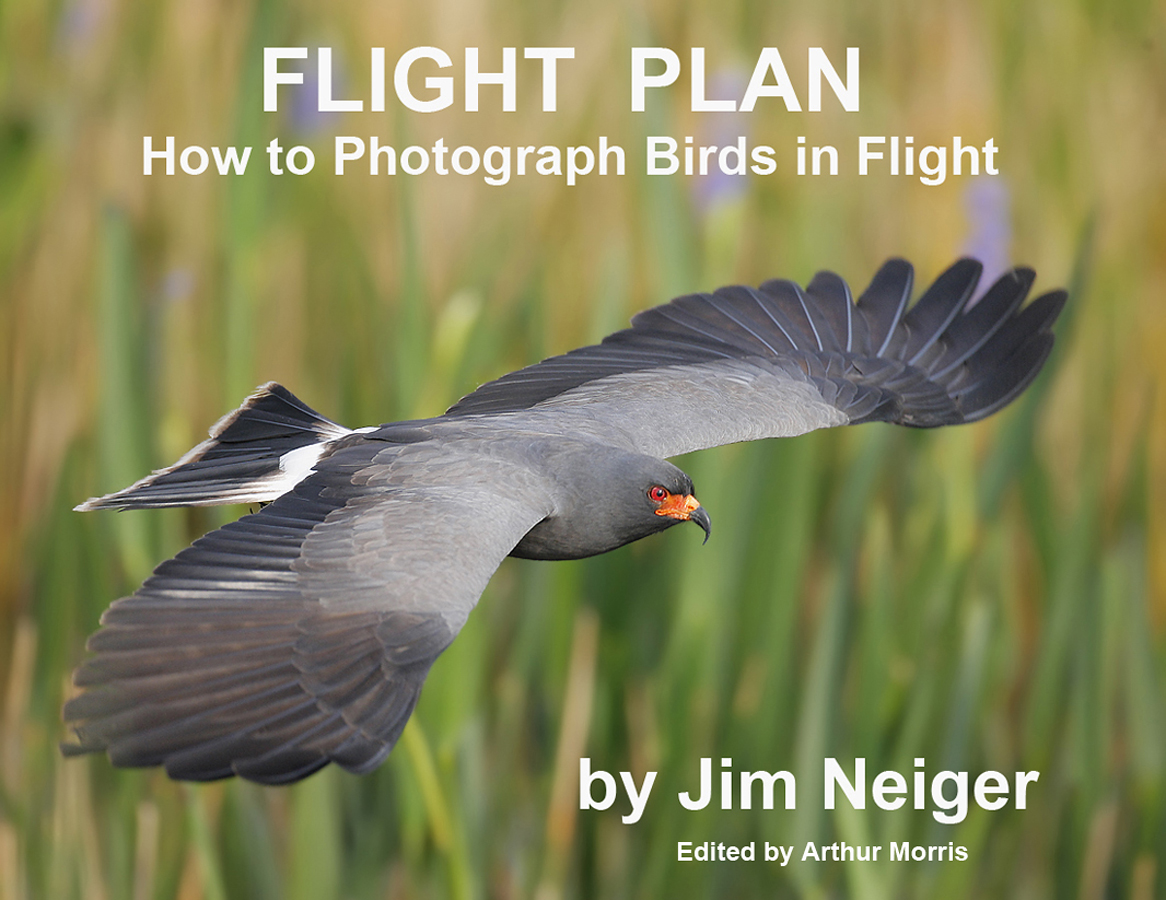
|
Flight Plan
I can say without a doubt that after spending more than two months (part time) editing Jim Neiger’s great e-Guide, Flight Plan, that my flight photography has improved by leaps and bound whether I am working off a tripod or hand holding. His explanation of the bumping the focus technique finally sunk in. Learning to use this technique regularly is a huge help for any all types of flight photography.
You can learn more about Flight Plan here or order a copy by clicking here.
Bob Hollowell’s Flight Plan Comments
I just wanted to send kudos to both you and Jim Neiger for the excellent E-book that you referenced in a recent BAA blog post. I immediately purchased a copy, and have finished my first read and will now read it a second time just to make sure I’m ready to take it to the field. My favorite haunt is Squaw Creek NWLR and I’ve stumbled & fumbled with flight photos using both tripod & monopod as support for my Canon 7D, and just can’t seem to come up with real sharp photos using that method. Jim’s text is well written, and really puts flight photography in a whole new perspective for me. I’m 76 years old, and I’m sure I’ll have to experiment with the handholding methodology a bit, but I’m excited at the prospect of applying Jim’s methods.
Thanks again… Bob H.
Be sure to like and follow BAA on Facebook by clicking on the logo link upper right. Tanks a stack!
Support the BAA Blog. Support the BAA Bulletins: Shop B&H here!
We want and need to keep providing you with the latest free information, photography and Photoshop lessons, and all manner of related information. Show your appreciation by making your purchases immediately after clicking on any of our B&H or Amazon Affiliate links in this blog post. Remember, B&H ain’t just photography!
Amazon.com
Those who prefer to support BAA by shopping with Amazon may use this link:
Amazon Canada
Many kind folks from north of the border, eh, have e-mailed stating that they would love to help us out by using one of our affiliate links but that living in Canada and doing so presents numerous problems. Now, they can help us out by using our Amazon Canada affiliate link by starting their searches by clicking here. Many thanks to those who have written.
Typos
In all blog posts and Bulletins, feel free to e-mail or to leave a comment regarding any typos or errors. Just be right :).

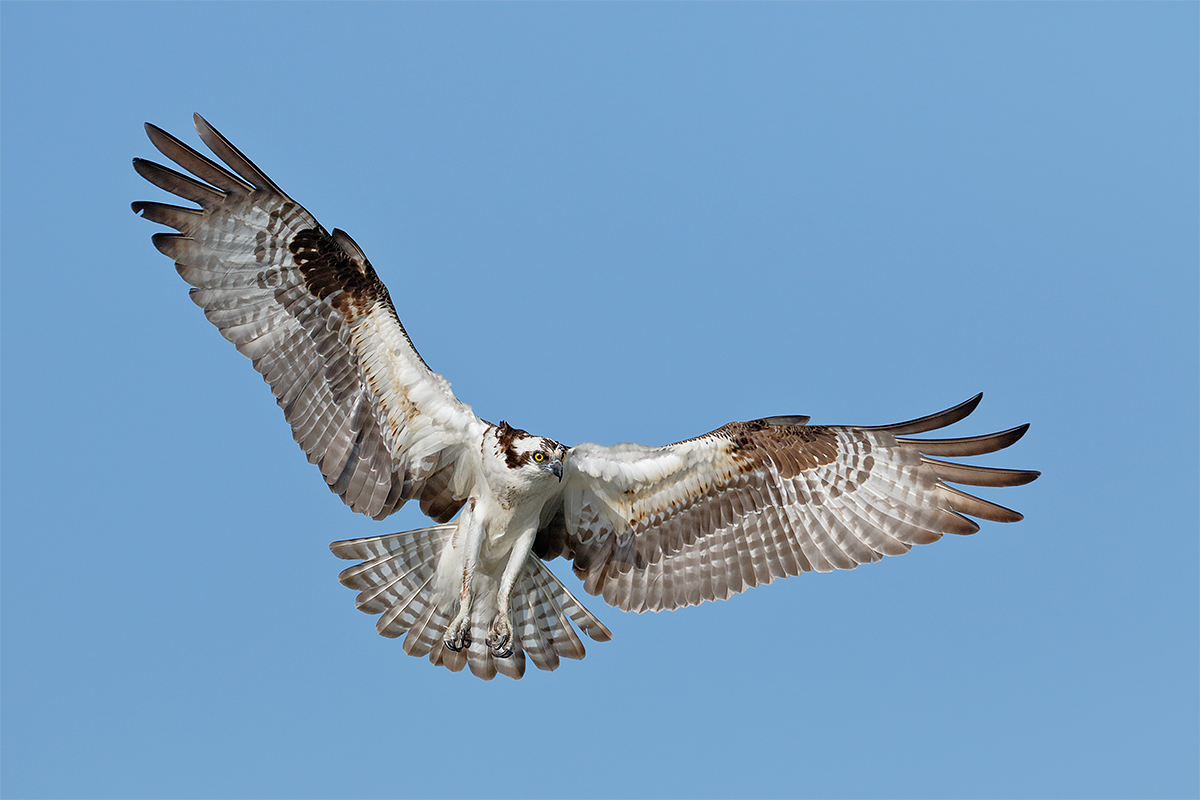
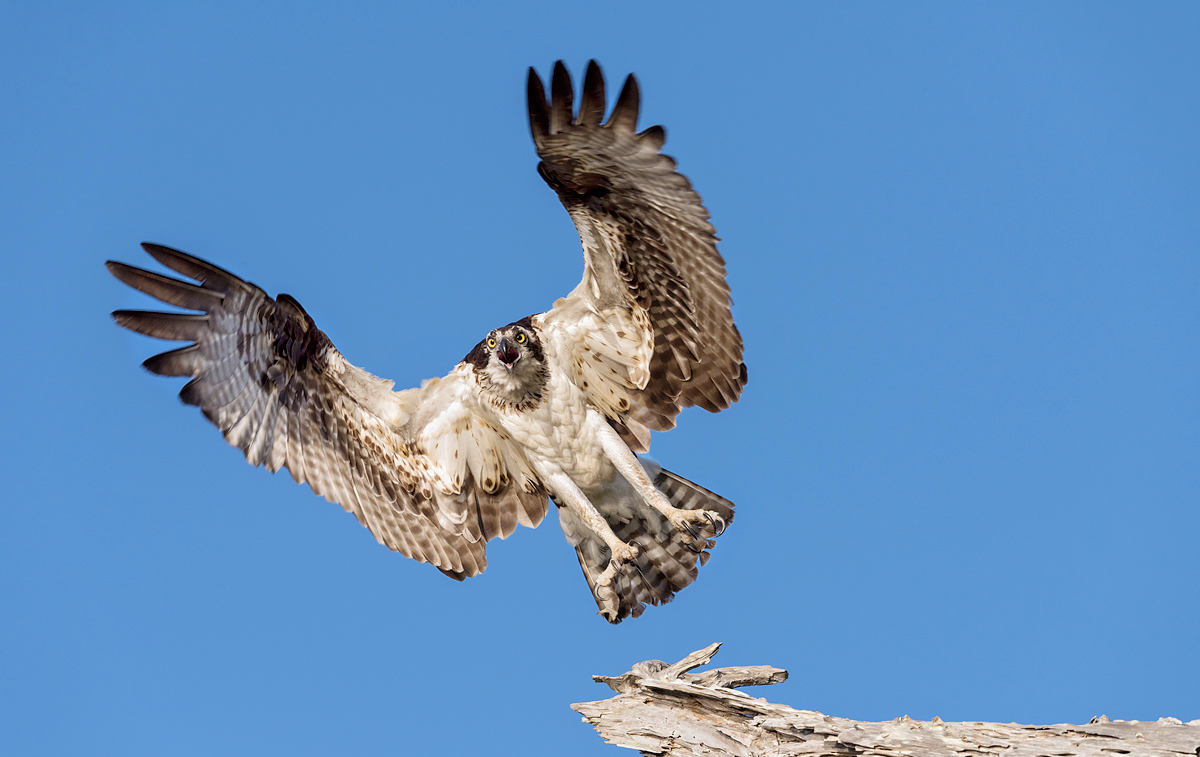
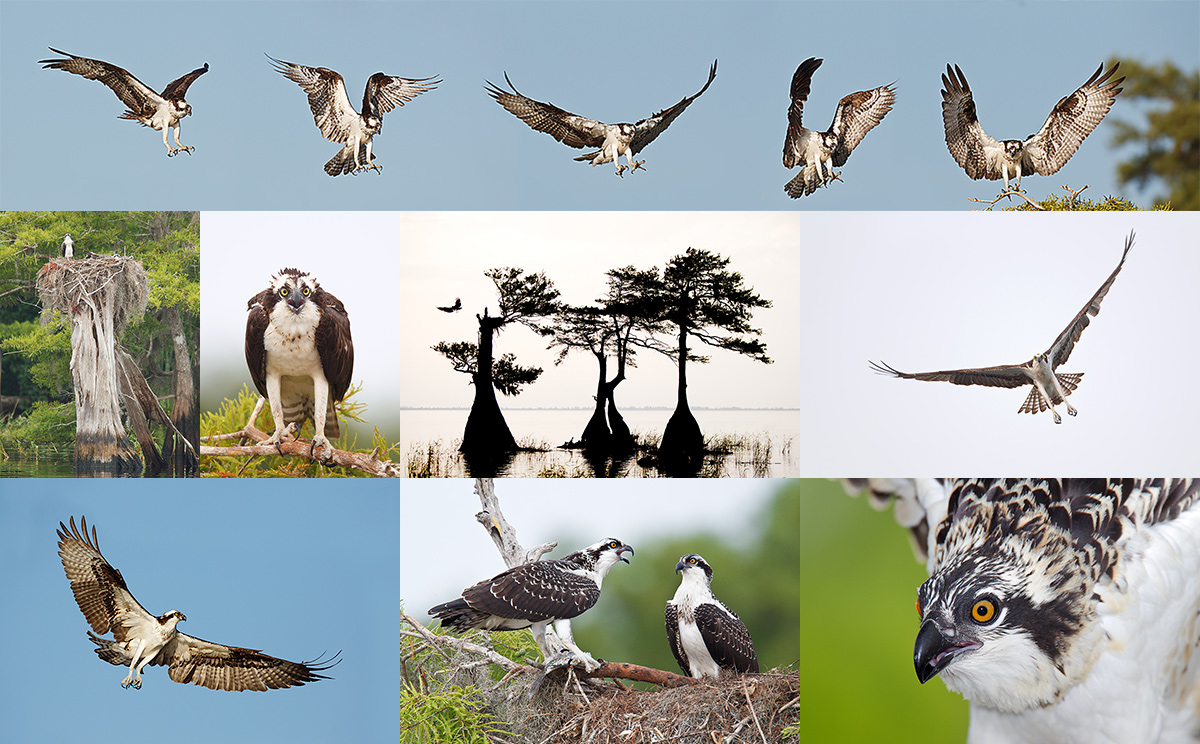
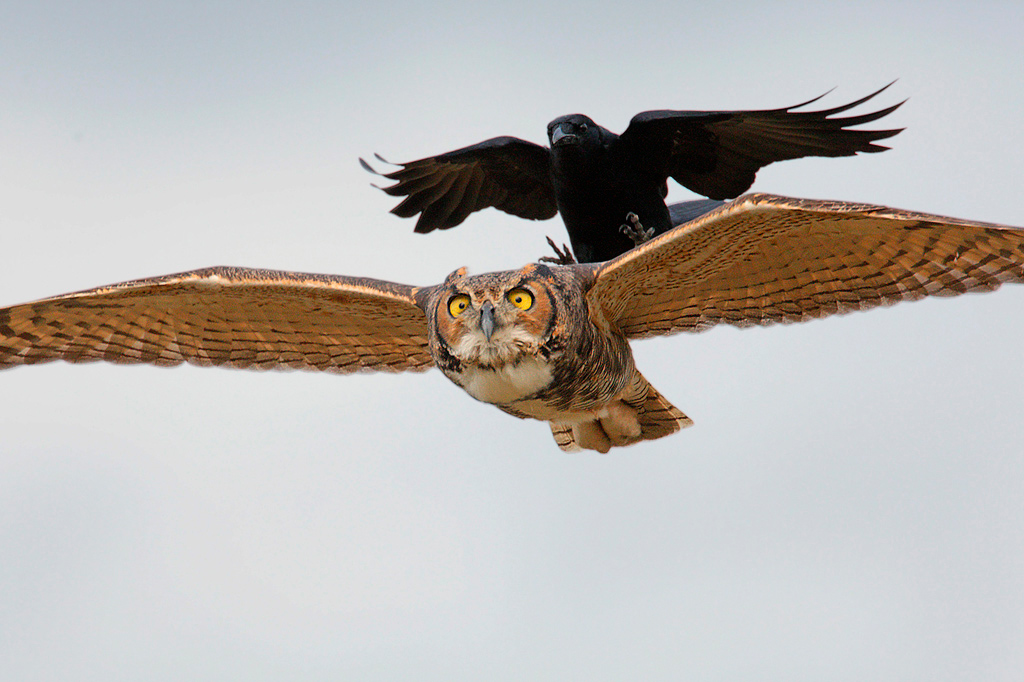
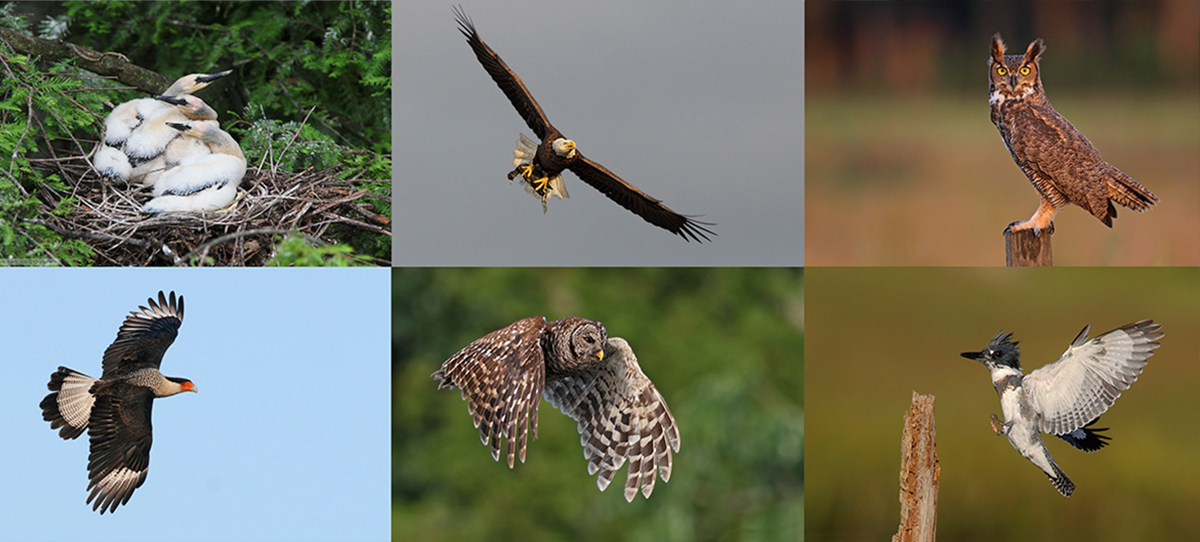













Hi, Artie. I don’t always have a goal, except to see great things and have a good time. Sometimes I have a goal of seeing a particular bird, or learning something about my equipment. Sometimes it’s finding a good breakfast spot. 🙂 If I get one good image, I am always very happy. I don’t always get one good image! Your osprey is just lovely.
My goal would be ‘quality over quantity.’ I think too many photographers get caught up in how many images they snapped in a session. Probably the one question I hate getting asked the most is, “I took 900 shots…how many did you take”. And I’m like, “300.” Then I get that ‘are you nuts’ look.
Of course the fun part is trying to explain why I shoot so few 🙂
Doug
Great point Doug. I am almost always low shooter when it comes to numbers, even in a large IPT group. If I am up over 1,000 in a morning session you KNOW–most of the time– that it was a very good morning. artie